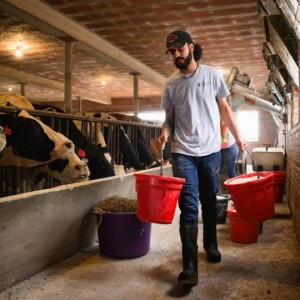China reports the first human case of H3N8 bird flu
China has recorded its first human infection with the H3N8 strain of bird flu. The country's health authorities have insisted that the risk of it spreading between people is low.
The variant of the virus was found on April 5 in a four-year-old boy from the central province of Henan who had a fever and other symptoms, the Chinese National Health Commission said in a statement collected by the Reuters agency. The boy had been in contact with chickens and crows raised in his home, he added.
Genome rearrangement
The H3N8 variant is common in horses and dogs and has even been found in seals. No human cases of H3N8 have been reported, health authorities said. Whole-genome sequence analyzes indicate that the H3N8 virus in this human case is a rearrangement with genes from viruses that have previously been detected in poultry and wild birds, said Nicola Lewis, an avian flu expert at the Royal Veterinary College. From great Britain.
The virus warrants increased vigilance, said Erik Karlsson, deputy director of the Pasteur Institute's virology unit in Cambodia. His involvement in the 1889 influenza pandemic, known as the Russian flu, was "great concern about the risk of the virus," he added.
Infections in people are sporadic
China's huge wild and farmed bird populations of many species provide an ideal environment for avian viruses to mix and mutate. Some sporadically infect people, usually poultry workers. Last year, China reported the first human case of H10N3.
The health commission said an initial study showed the variant did not yet have the ability to infect humans effectively and the risk of a large-scale epidemic was low.
Although rare, human infections can lead to adaptive mutations that potentially allow these viruses to spread more easily in mammals, Karlsson said. "We have to be concerned about all the indirect events," he added.














List
Add
Please enter a comment